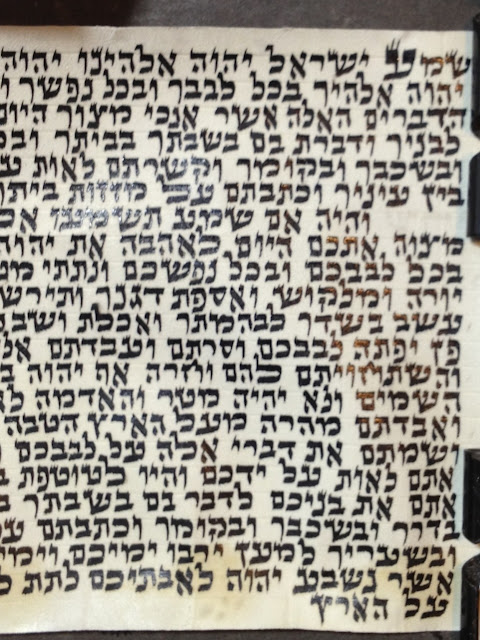Ignorance of Halachos of Safrus
This is not an easy post to write, but it is one that I have been thinking about for a very long time. I respectfully submit my opinion, and would like to make it clear that I am not targeting anyone or any organization with this post, and I hope no one takes it personally. There are sofrim, including well meaning ones, who sometimes appear to be ignorant of some of the basic halachos of writing STA"M. Even here in this forum, without mentioning any specific cases, I occasionally notice posts or comments that indicate the author's ignorance of very basic halachos. I am not sure exactly what the source of the problem is, but I think the solution is simply that sofrim need to learn the Kesses Hasofer (including the Lishkas Hasofer, of course), and review it again and again. Additionally, I think that in many cases, learning other seforim on writing STA"M may take away from the knowledge of the halachos, as people seem to get confused or distracted from the basic halac







